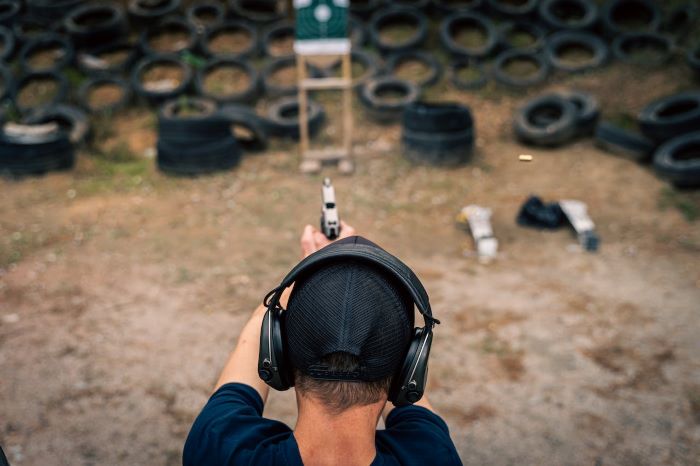In the world of tactical and outdoor gear, the importance of a high-quality holster cannot be overstated. A holster is more than just a carrying case for a firearm or tool; it is a critical piece of equipment that ensures safety, accessibility, and durability. The craftsmanship of these holsters plays a pivotal role in their functionality and reliability. This article delves into the intricate world of holster craftsmanship, exploring the materials, design, and manufacturing processes that define top-tier gear holsters.
Materials: The Foundation of Durability and Functionality
The choice of material is the first crucial step in crafting a high-quality holster. Traditional holsters were predominantly made from leather, prized for its durability, flexibility, and aesthetic appeal. However, modern holsters often incorporate advanced materials like Kydex, a type of thermoplastic acrylic-polyvinyl chloride. Kydex offers superior water resistance, is impervious to most chemicals, and maintains its shape under varying temperatures, making it ideal for rugged environments.
Another popular material is ballistic nylon, known for its high tensile strength and resistance to abrasions and tears. Some high-end holsters, including those by Alien Holsters, blend these materials, taking advantage of each one’s unique properties to create a product that is both durable and functional.
Design: Balancing Comfort, Accessibility, and Security
The design of a holster is a complex balance of ergonomics, accessibility, and security. A well-designed holster should allow for a quick and smooth draw while ensuring that the gear remains securely in place during movement. This requires precise engineering and a deep understanding of human mechanics.
Adjustability is another critical aspect of holster design. A good holster can be adjusted for angle and retention, allowing the user to customize the fit and draw resistance according to their preference and situation. This customization is crucial for comfort, especially for those who wear their holsters for extended periods.
Manufacturing: Precision and Quality Control
The manufacturing process of high-quality holsters involves both advanced machinery and skilled craftsmanship. Precision cutting tools, often guided by computer-aided design (CAD) systems, are used to ensure that each holster component is cut to exact specifications. This precision is crucial for the functionality and fit of the final product.
Handcrafting also plays a significant role, especially in the assembly and finishing stages. Skilled artisans meticulously stitch, mold, and finish each holster, ensuring that every detail, from the stitching to the contouring, meets the highest standards of quality.
Testing and Innovation: Ensuring Reliability in the Field
A critical component of holster craftsmanship is rigorous testing. Holsters undergo various tests to ensure they can withstand extreme conditions, including temperature fluctuations, moisture, impact, and wear over time. This testing guarantees that the holster will perform reliably in the field, where failure is not an option.
Innovation is also a key aspect of holster craftsmanship. Manufacturers continually explore new materials, designs, and manufacturing techniques to enhance the functionality and comfort of their products. This constant evolution is driven by feedback from users in the field, ensuring that the holsters meet the ever-changing demands of tactical and outdoor environments.
Conclusion:
The craftsmanship of high-quality gear holsters is a blend of art and science. It involves careful selection of materials, thoughtful design, precise manufacturing, and rigorous testing. This meticulous process ensures that the holsters not only meet but exceed the expectations of those who rely on them in critical situations. As technology and materials evolve, so too will the craftsmanship of gear holsters, continuing to push the boundaries of functionality, durability, and reliability.
